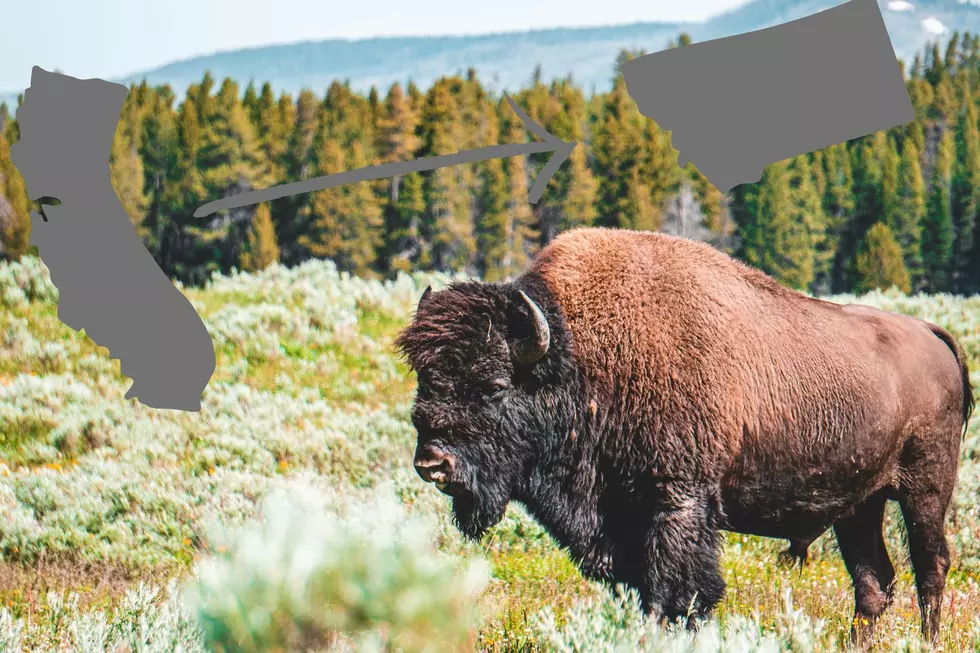
Wildlife Management Group Offers Montana Wolf Hunters Big Money
I can vividly remember the years when people were offering top dollar for coyote hides. In the '70s and '80s, the fur trade was going strong, and the need for animal furs was in demand. Hunting in Montana, I remember how insane everyone would get if they spotted a coyote while hunting big game. Every door in the truck would fly open, everyone's coffee cups would end up in a bush, and World War Three would break out for a moment as everyone with a firearm sent lead downrange at a mangy dog.
WHY?
Because bagging a coyote would easily pay for the gas it cost to go hunting that weekend. When the hunt was over, my dad would simply take the coyote carcass to the local recycling company and they would pay up to $100 per coyote. That was a lot of money back then. With an incentive like that, no wonder the truck emptied so quickly.
Fast forward to today, the fur market is not as busy as it once was. But now there is another predator that needs to be managed. The wolf populations in Idaho and Montana have skyrocketed since their reintroduction in the 90s. Some areas of both states have seen populations get out of control. Which is costing ranchers millions and causing elk and deer populations to dive.
The Foundation for Wildlife Management has an idea to offer an incentive for harvesting a wolf in Montana and Idaho. Much like the mangy coyote, nothing will empty a truck faster than offering up a cash reimbursement for successful hunters.
According to f4wm.org
The Foundation For Wildlife Management is a 501c3 non-profit organization whose mission is to promote ungulate population recovery in areas negatively impacted by wolves, assist State Game management agencies in meeting their wolf management objectives, promote youth in the outdoors, and to educate the general public on the negative impact the successful reintroduction of wolves has had on our ungulate populations.
As an incentive for hunters to get out in the field and harvest a wolf, the foundation is offering members reimbursement money for their hunt. The amount paid depends on the area and the need for population control in the area.
For example: Wolves harvested in Western Montana, including the Bitterroot and Missoula area, are subject to a payout of $1000 per wolf harvested. Some places in Idaho are seeing huge numbers of livestock depredation. Those areas are offering up to $2000 per wolf harvested.
According to f4wm.org, members must submit receipts for items they purchased to aid in the hunt.
Purchases must be from prior to harvest date, and for expenses related to the scouting, hunting, or trapping of wolves (Does not have to be a current year purchase). These can include items such as fuel, firearms, ammunition, traps, game cameras, outdoor clothing/gear, license & tag fees, ATV/UTV, 4-wheeler, truck purchase or payments, etc.
Talk about an incentive to hunt. That wolf could help pay for far more than just a tank of gas. It could help you make your next truck payment.
To learn more on how to sign up for the program and become a member of f4wm visit their website.


